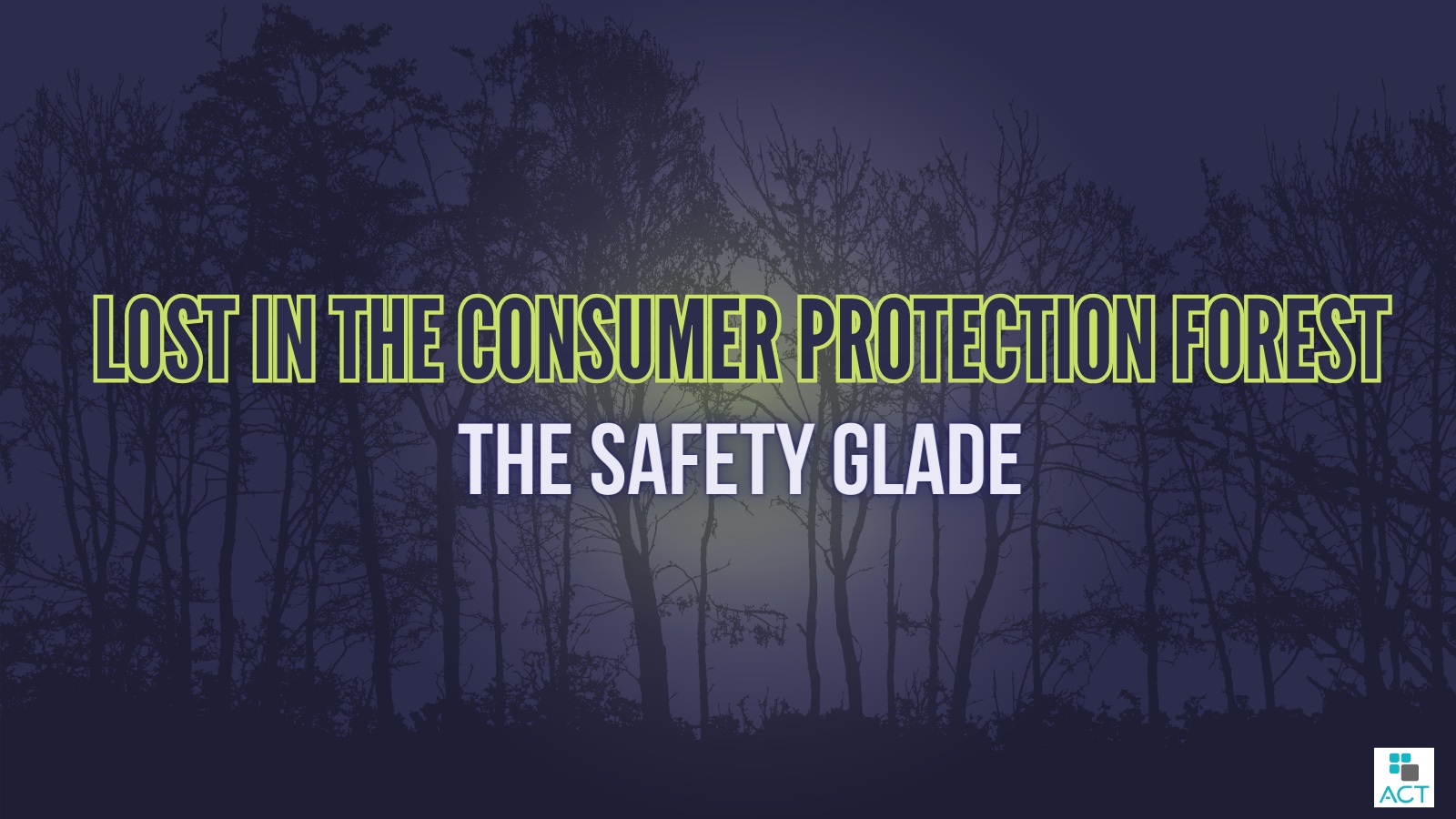Earlier this summer, we waded through the nuances within the consumer protection forest in the hopes that policymakers around the world understand there is not a one-size-fits-all approach to protecting consumers online and that the different elements and issue areas in this arena require thoughtful, purposeful leadership. In order to protect the most at-risk populations, lawmakers must tackle consumer protection issues one by one, especially nuanced issues aimed at protecting vulnerable groups, like children.
Children’s Online Safety in the United States
Age Verification Alp
The online safety of people who use technology is of paramount importance to our small business members, and the less data and information they have to collect and store, the better – particularly when it comes to at-risk groups like children. Sweeping age verification requirements found in bills at the state and federal levelscould not only create unnecessary data collection obligations for developers but could also potentially erode consumer trust and turn off users altogether. For small and medium-sized developers, in particular, consumer trust and usability of products are essential to building a sustainable technology-driven business.
Definition Delta
Much like the UK Online Safety Bill, the U.S. Kids Online Safety Act (KOSA) aims to crack down on “harmful” content to minimize the likelihood that users will nonconsensually encounter harmful or age-inappropriate online posts. Unfortunately, because “harmful” has yet to be more clearly defined, identifying harmful content is up to each enforcer (state attorneys general and the Federal Trade Commission [FTC]) and would greatly vary from state to state, further complicating compliance for companies that do business across the United States. For example, states like California and Florida are likely to have conflicting interpretations as to whether content about trans healthcare is harmful to children. How does a dev team of four comply with 50 different state approaches to the concept of “harmful” to children, especially when those interpretations directly conflict?
In Conclusion
As state and federal legislative bodies aim to address elements of consumer protection, they are dangerously close to deconstructing the intricate web that keeps consumers of all ages (and their data) safe. It is essential for lawmakers and the people who enforce the law to support consumer protection at the highest level while also ensuring privacy and security protocols remain intact so developers can do what they do best – keep you safe.
